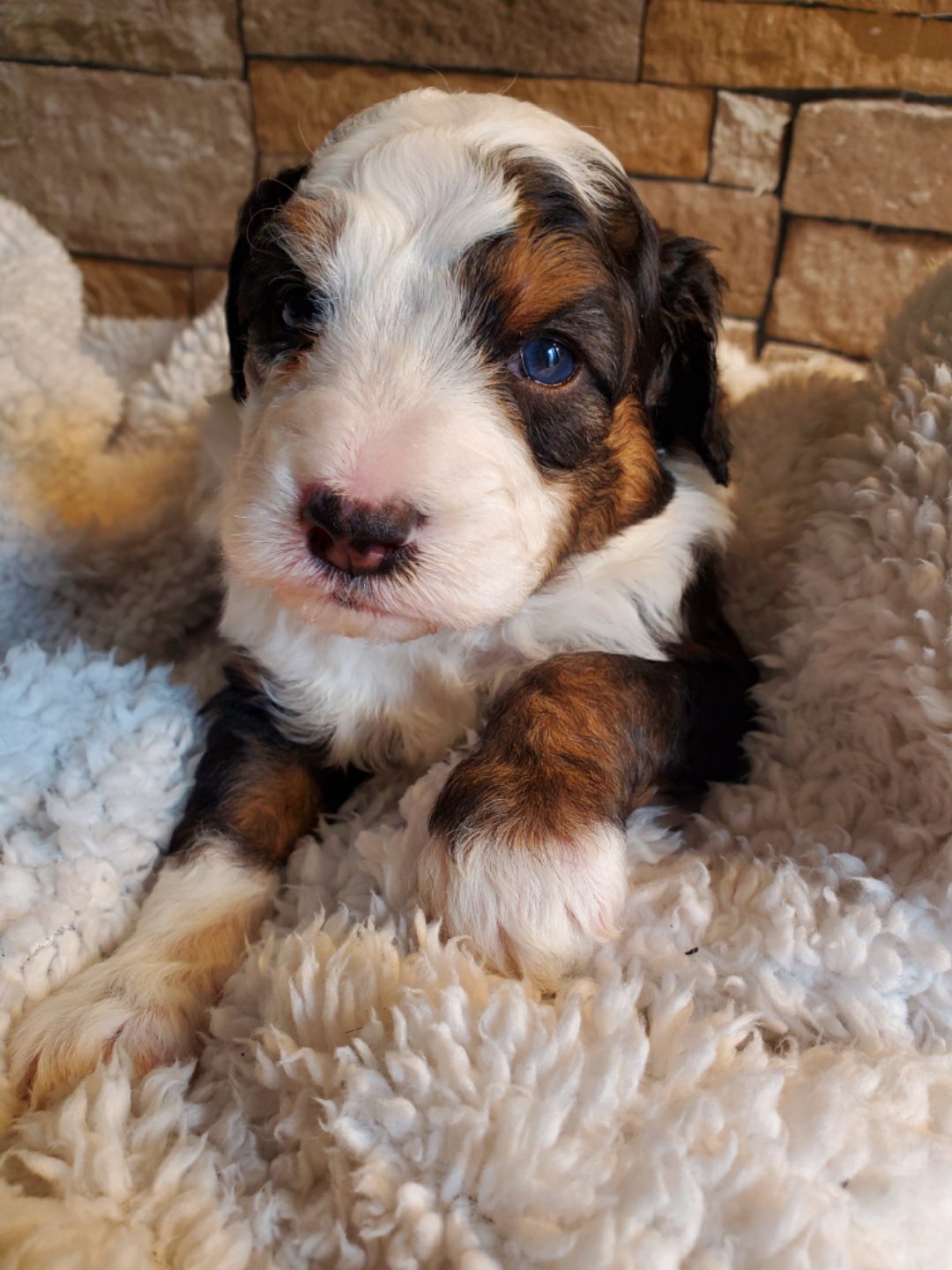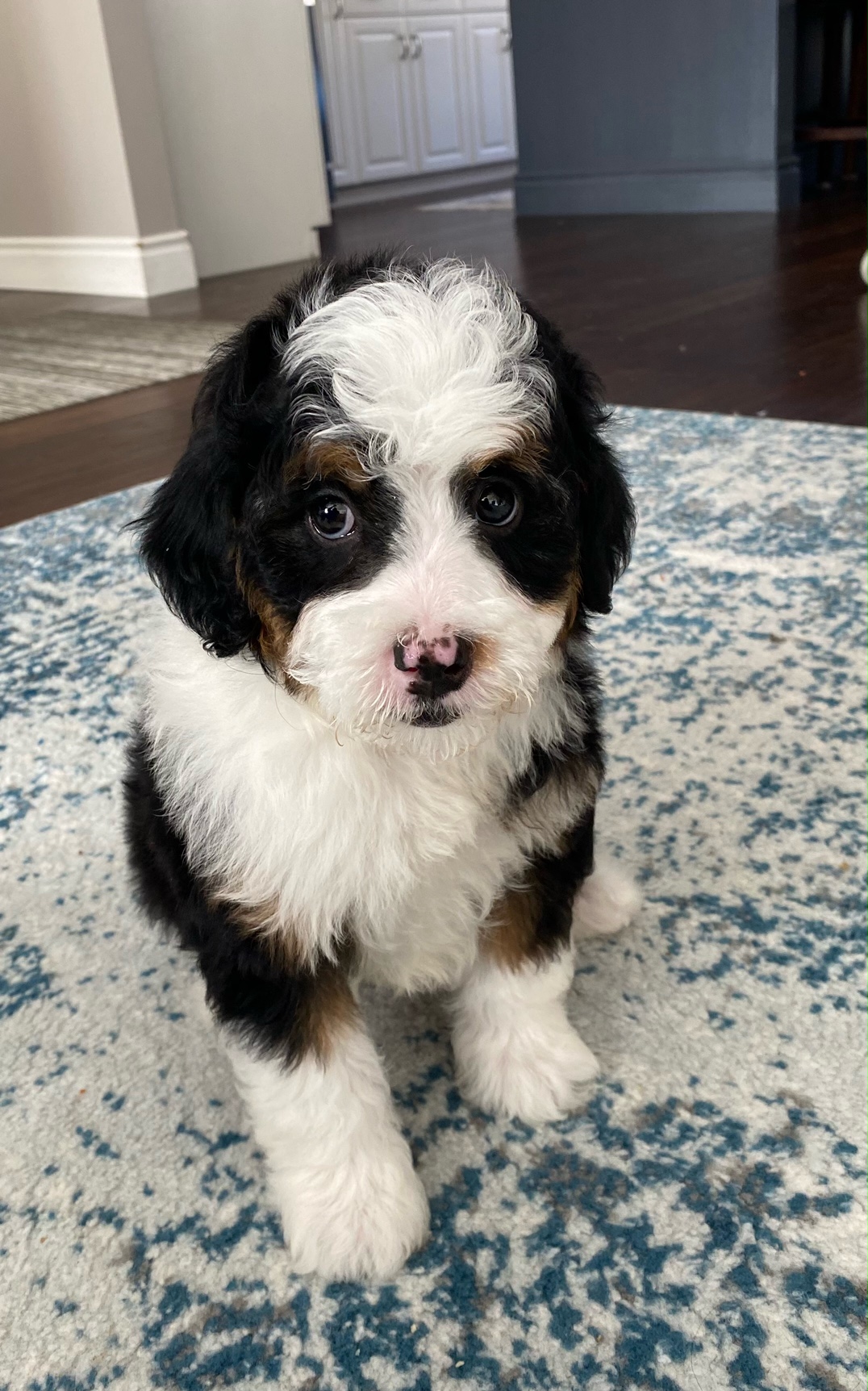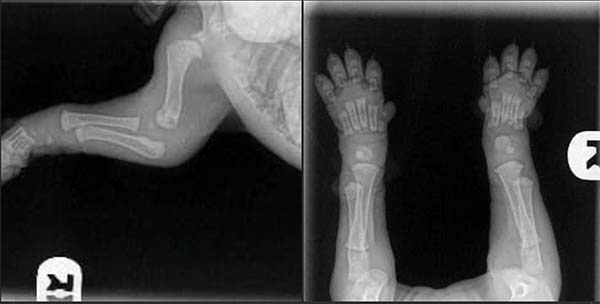Puppy Basics

It’s up to you to establish the correct behavioral foundation from the time your puppy comes home with you. That way the transition from puppyhood to fabulous adult companion will go as smoothly as possible. Below are the areas requiring particular attention. The intent is to give you a basic understanding of what you need to consider – and plan for in advance – in order to raise a healthy, happy puppy and maintain your sanity (at least most of the time) in the process
Vaccinations, Boosters, Vet Bills
Puppies are born with their mother’s immunity and will not need their first parvo distemper vaccine until 10-12 weeks and again 4 weeks later. Rabies separately at 5 to 6 months. These vaccines should be all the vaccines your puppy needs. You can always have your vet do a titer at 2-3 yrs old. The basic immunizations cover diseases like distemper, parvovirus and rabies, but there are a lot of other issues that puppies can have, including worms, hernias (which sometimes need surgery to fix), retained baby teeth, and other issues. In short, if you’re taking on a puppy, be prepared to devote the time and money it takes to make frequent trips to the vet during the puppy’s first several months of life.
It’s also a great idea to also get puppy insurance. You pay a small monthly fee so that if anything big happens — like the puppy breaks a leg, swallows something, or (heaven forbid) gets attacked at the dog park — you don’t get hit with the giant vet bill. There are several pet insurance companies to choose from and with a little research or a recommendation from your vet, you can sign up and be covered for those just-in-case moments.
Housebreaking and Crate Training
Housebreaking and crate training are two of the most important things you can teach your dog, and they both take patience. Everyone wants a dog who is housebroken, so potty training is a top priority. Depending on the dog, housebreaking can be relatively easy, or it may take months of diligent effort, patience, and plenty of carpet spot remover. Puppies seem to regress with each growth spurt, adding an additional challenge. Figuring out a strategy that works for your dog, having the time and energy to take frequent breaks, and enforcing the rules will all be part of successfully housebreaking your puppy.
Along with housebreaking comes crate training. Having a quiet place for a dog to go when the household is busy and it’s not safe to have a puppy underfoot, or when the puppy just needs a break, or whenever people will be gone is vital to keeping everyone’s sanity — the puppy’s included! Crate training is all about providing a relaxing, secure, comforting place for a dog to be. It keeps the pup out of trouble, helps ease or even cure separation anxiety, and gives humans space when they need it. But crate training is tough work. A long-term strategy and consistency are both musts.

Socialization and Basic Training
Basic commands and leash training can (and should) begin the moment you bring your puppy home. Nipping, barking, the basics for sit, stay, lie down and recall, reigning in the prey drive, getting enough exercise, learning to interact appropriately with other dogs including reading and responding to social cues and not getting into fights or being reactive … you get the idea. There’s a long, long list of things that puppy owners need to tackle to help puppy develop into a great companion.
That’s why one of the first and most important things to do, once vaccinations are done, is to sign up for a puppy socialization class. Not only will your puppy have a chance to interact with other young dogs in a supervised setting — making sure that no one gets bullied and shy dogs can build up their confidence — but also you as the owner will learn a lot about reading your dog’s body language so you can understand and predict what’s going on in the play group.
You’ll be able to “hear” what your puppy is telling you all by how he moves around. You’ll also learn what play cues look like versus bullying behavior, and how to help guide your puppy through social situations. Ultimately, a puppy socialization class sets both of you up for success when you’re out in public. By the end of puppy socialization classes you’ll be ready and excited to move into basic obedience classes. It’s in these classes that you’ll learn all sorts of things like using positive reinforcement to get your dog to perform basic commands like sit, stay, and come. These, along with commands like leave it, drop it, stand and stay, lie down can be life saving. If you want your dog to be a great companion, then be prepared to spend at least as much time training yourself as you will spend on socializing and training your puppy.

Differences in Training Styles
Everyone in the family needs to know what the rules are and agree to enforce them in order to have a happy home and a happy puppy. Getting the whole family on the same page with training is perhaps the biggest challenge your household will face. Every member of the household needs to “be on the same page” and follow the same rules and routines with a puppy. The only way dogs really learn rules is through consistency. It is easy for a puppy to never quite get the training down when he is treated differently by each family member. For example, if the rule is no feeding from the table, or no getting up on furniture, everyone has to abide by it. The hard part is keeping up the rules when your new puppy is just so darn cute and really wants a nibble from the dinner plate, or really wants to come sit on someone’s lap. Big problems start small, and that includes allowing a little leeway here and there on rules as the puppy is learning the ropes. Once you give in – just once – to something puppy wants (but heretofore was against house rules), to puppy this becomes The Way Things Are.
Exercise
Ensuring that your puppy gets a lot of exercise is imperative, and a great way to avoid destructive behavior. A good puppy is a tired puppy! Gnawing, digging, shredding, scratching … puppies create havoc everywhere they go with their boundless energy, curiosity, and their desire to test the durability and edibility of practically everything in their environment. This is perhaps where your patience will be tested the most. There are ways to avoid the majority of destruction, and this includes giving your puppy PLENTY of exercise and a structured, consistent environment for training. Having hardly any energy left to wreak havoc as well as clearly knowing what the household rules are (including, perhaps, only being allowed in certain rooms or having certain toys to play with) gives puppy little need or desire to eat a slipper or tear into the laundry basket. It is a proven fact that exercising puppy’s mind is often more physically tiring than a walk or romp. When puppy exhibits boundless energy, work with him on sits, downs, whatever skills you’ve taught him. Yet another reason to get him enrolled in obedience classes!
Separation Anxiety and Developmental Fear Phases
Puppies go through periods when they’re more fearful than usual, often when they have experienced a growth spurt, and some puppies are more affected than others. Recognizing and helping them through these times is critical. Having a dog who is comfortable being alone and isn’t dependent on you is a great thing. You may like the idea of being needed, and it may feel impossible to ignore the whimpers and cries of a puppy learning to be alone, but your dog is more mentally stable when he knows how to be alone for a few hours at a time and doesn’t panic when you leave the house or even go into another room.
Putting in the work to know what separation anxiety is, recognizing the degree to which your puppy has it (most dogs have it to some degree), and figuring out how to help him get over it will be one of the biggest gifts you can give your dog (and you) — and it will last their entire life.


Its important to restrict activities until growth plates are closed at around 16 months of age.
When you get your 8/10 week old puppies, please keep this image in mind. Their bones do not even touch yet. They plod around so cutely with big floppy paws and wobbly movement because their joints are entirely made up of muscle, tendons, ligaments with skin covering. Nothing is fitting tightly together or has a true socket yet.
But when you’re letting puppy jump up and down off the lounge or bed, take them for long walks/hikes, you are damaging that forming joint. When you let the puppy scramble on tile with no traction you are damaging the joint.
You only get the chance to grow them once. A well built body is something that comes from excellent breeding and a great upbringing-BOTH, not just one.
Once grown you will have the rest of their life to spend playing and engaging in higher impact exercise. So keep it calm while they’re still little baby puppies and give the gift that can only be given once.
A bit of back-story: This is a puppy who had a knock to his elbow and wasn’t using it properly, so he was taken to the vet. There is nothing wrong in these x-rays, thankfully it is a soft tissue injury and he is expected to be fine.
